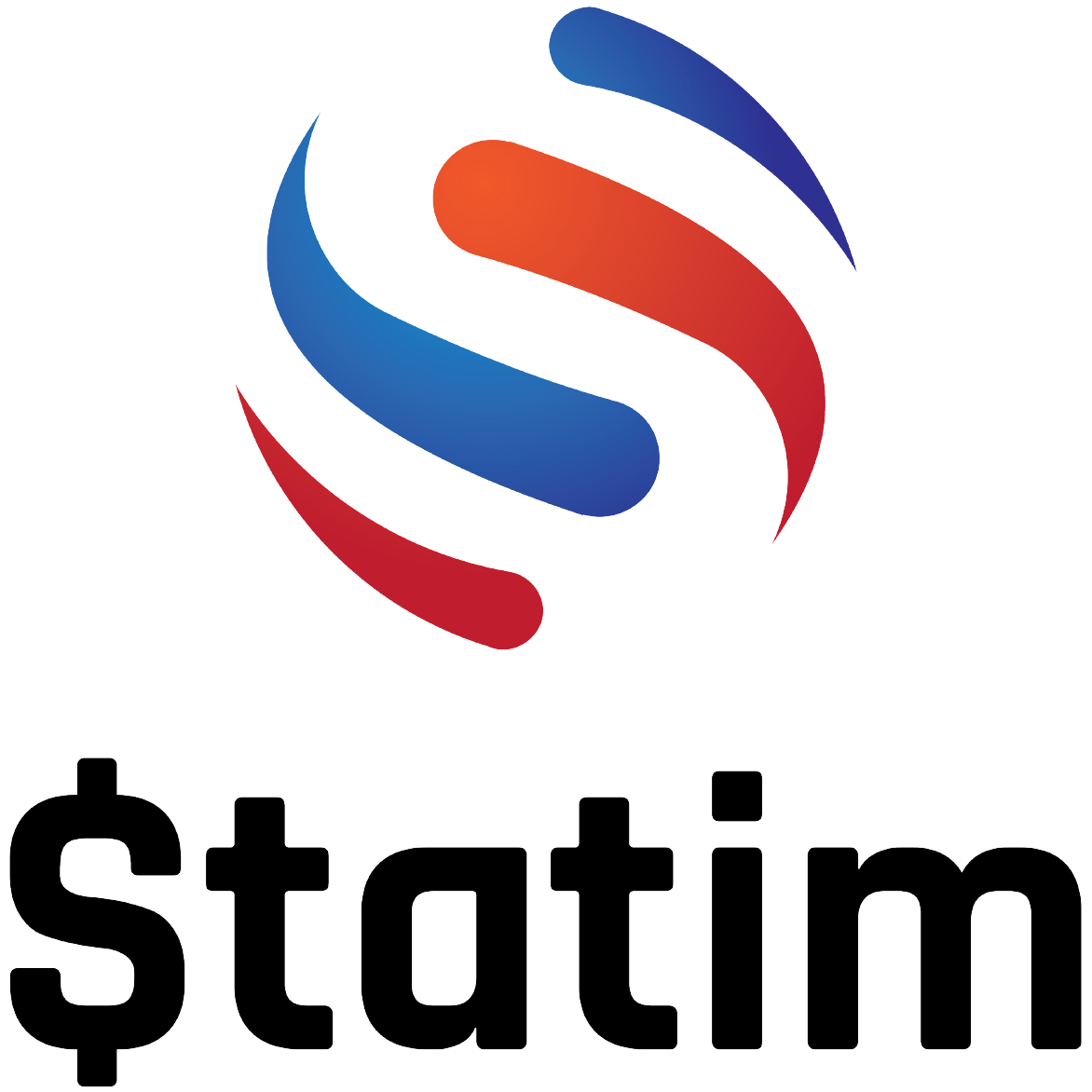At the height of the pandemic, the Consolidated Appropriations Act 2021 was signed into law. For many Americans, this omnibus spending bill was part of the second round of pandemic stimulus relief. Little known to many, it contained another piece of legislature–the No Surprises Act- The Future of Medical Billing.


An Overview
The No Surprises Act, which will go into effect January 1st2022, is designed to protect consumers insured in the private health care market in most situations where surprise out-of-network billing occurs.1 The provisions in this bill include:
- Most out of network emergency and non-emergency expenses (including air ambulance services) must be charged to the patient at an in-network rate
- Post Stabilization care in out-of-network facilities (until the patient can be transferred to an in-network facility or can be safely released) will be charged at an in-network-rate
- Healthcare providers and insurance must make online price comparison tools available for consumers
- Providers must bill insurance companies directly for out of network services costs
- All medical fees paid by the consumer will count towards the patient’s in-network deductible
- Balanced billing to patients under most emergency situations some non-emergency situations will no longer be allowed


Patient Protection for Ancillary Care
Say you are going in for knee surgery at a hospital. Because the hospital is in-network you have an expectation that your care will be somewhat affordable. Then you get the bill and find and find an extra $3,000 dollars was added to the total.
While all the other costs and personnel were in-network, the anesthesiologist was not, and you were billed directly for their services. This is a common scenario that the No Surprises Act will prevent from happening.
When people cannot anticipate the costs of surprise medical bills, they risk financial hardship. Often, hospitals will contract with specialists that are out of their patient’s insurance network. While this helps medical providers to maintain quality services it prevents the patient from be able to choose alternative care or predict their medical expenses.
In the event where a provider is out of network, they are required to notify the patient 72-hours in advance so that an informed decision can be made about whether to proceed at an out-of-network rate. But in the case of Ancillary services, where patients can seldomly choose an in-network provider–the new law will now hold patients harmless to these out-of-network costs in these specific cases:1
- Emergency medicine
- Anesthesiology
- Pathology
- Radiology
- Neonatology
- Diagnostic testing
Emergency Room Visits
Emergency room visits are widely known as expensive and financially crippling, that’s why people avoid them at all costs. But sometimes emergencies happen, and you just can’t wait at a clinic for your primary care provider. The No Surprises Act protects you from out-of-network emergency room costs so that you can focus on the task at hand.
New Rules for Cost Sharing for Emergency Room Patients
The cost after insurance for individuals living in a state without preexisting medical billing laws will now be based on what is called a “qualifying amount.”
The qualifying amount will be determined in two ways:
- For Insurance companies that do business with a provider, it will reflect past rates between the provider and the insurance company.
- If the provider is not in network and there is no history of past dealings, then the rate will be determined by the health plan’s median contract rate on January 1st, 2019.2
Provider and Insurance Arbitration
When a service is deemed to be out of network, the insurance plan has 30 days to make a payment to the provider or issue a notice of denial. When it comes to how the bill is to be paid, the No Surprises Act doesn’t impose a minimum payment. This instead, encourages both parties to negotiate a price so long as it doesn’t conflict with existing state laws on price setting.
If both parties reach a stalemate, the law enables them to choose an independent party called an IDR to help them determine an agreeable amount.
Cost Transparency
Under the bill, consumers can request information on all provider services and receive a “good faith” estimate of the cost of a medical procedure within 3 business days. In addition, providers and healthcare plans will be required to roll-out price comparison tools and other means to educate individuals about their services.
Concerns Moving Forward
While many of these changes are welcomed by consumers, providers and insurance plans alike, certain aspects of the No Surprises Act are vague and warrant some skepticism. Here are some of those concerns:
- Will these “good faith” estimates be realistic enough to help consumers considering the unpredictability of medical procedures?
- Is it realistic to provide consumers estimates for all medical services and could this overburden provider?
- Despite strong language in the bill which seems to protect consumers from balance billing in all emergency situations, patients may be subjected to balanced billing for emergency ground ambulance transportation.
- Patients are considered harmless from most surprise ancillary care costs but there isn’t any information about which services will not be covered.
To learn more about the no surprises act and how it will affect your medical practice please contact us at Statim Billing Company at 888-544-3537. We are a team of professionals geared towards understanding the evolving landscape of healthcare so that we can help you acclimate to the changes and be successful business!
Sources
Adler, L., Fiedler, M., Ginsburg, P., Hall, M., Ippolito, B., & Trish, E. (2021, February 9). Understanding the No Surprises Act. Brookings. https://www.brookings.edu/blog/usc-brookings-schaeffer-on-health-policy/2021/02/04/understanding-the-no-surprises-act/.
AHA. (2021). Detailed Summary of No Surprises Act: AHA. American Hospital Association. https://www.aha.org/advisory/2021-01-14-detailed-summary-no-surprises-act.
